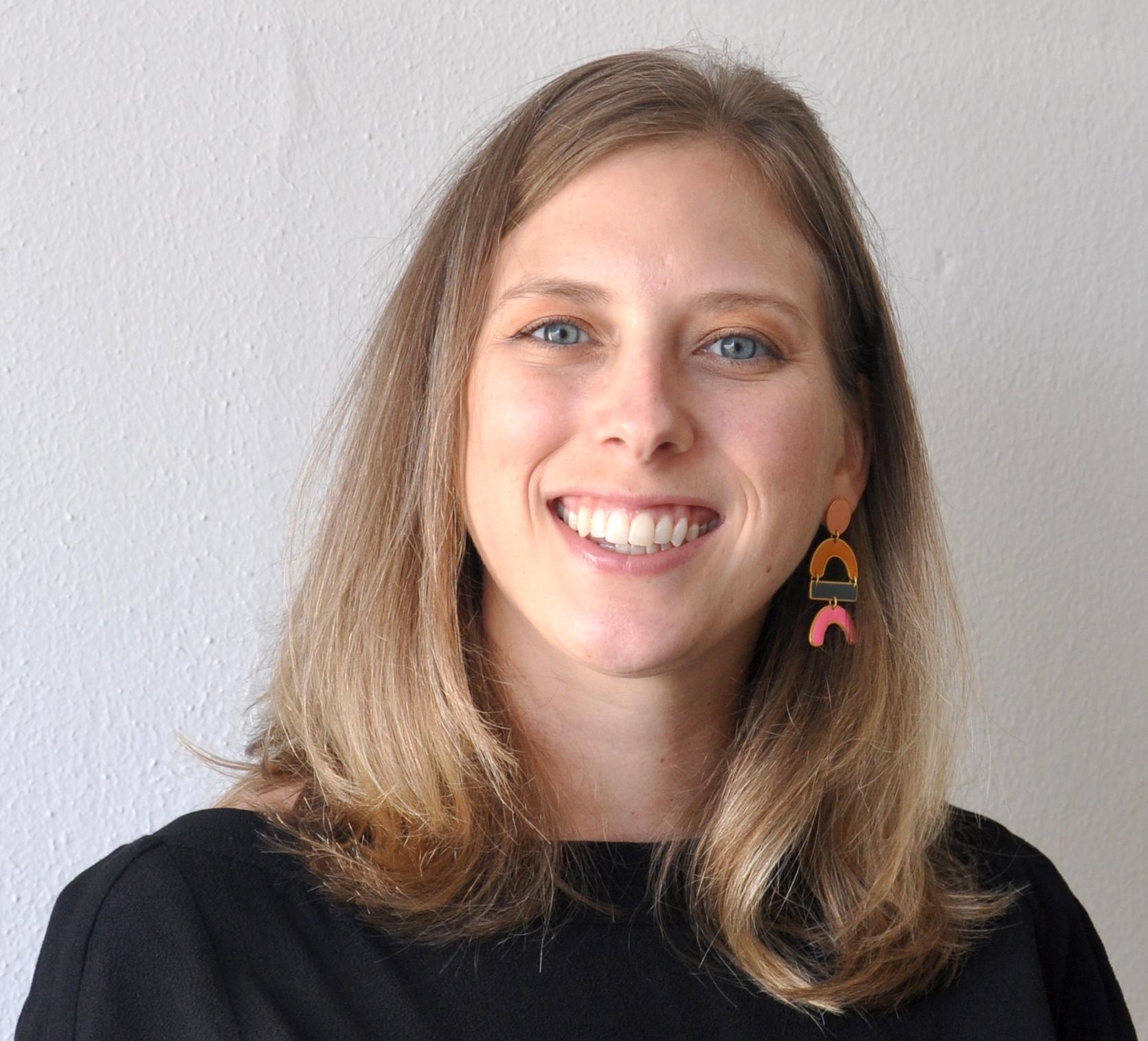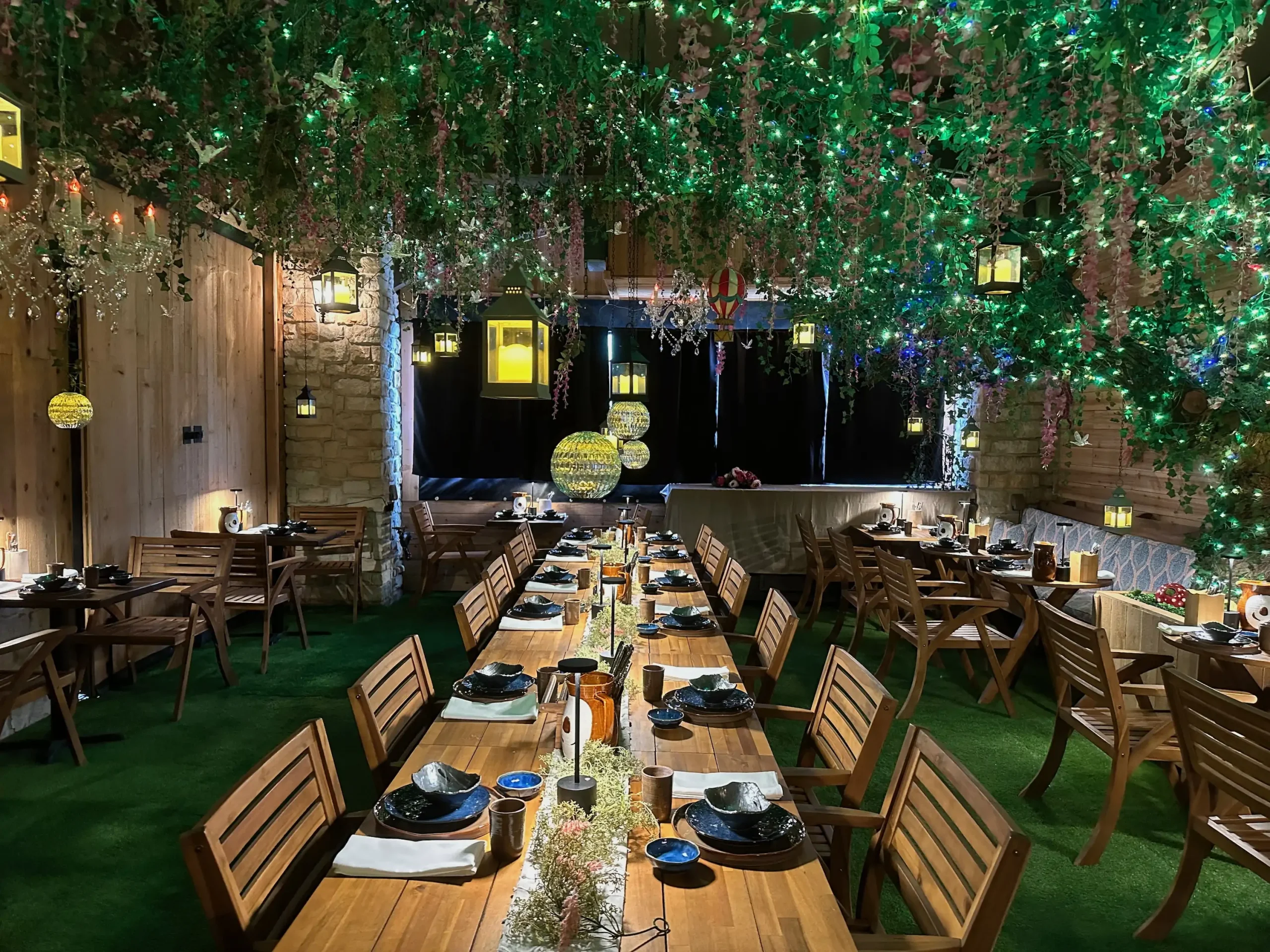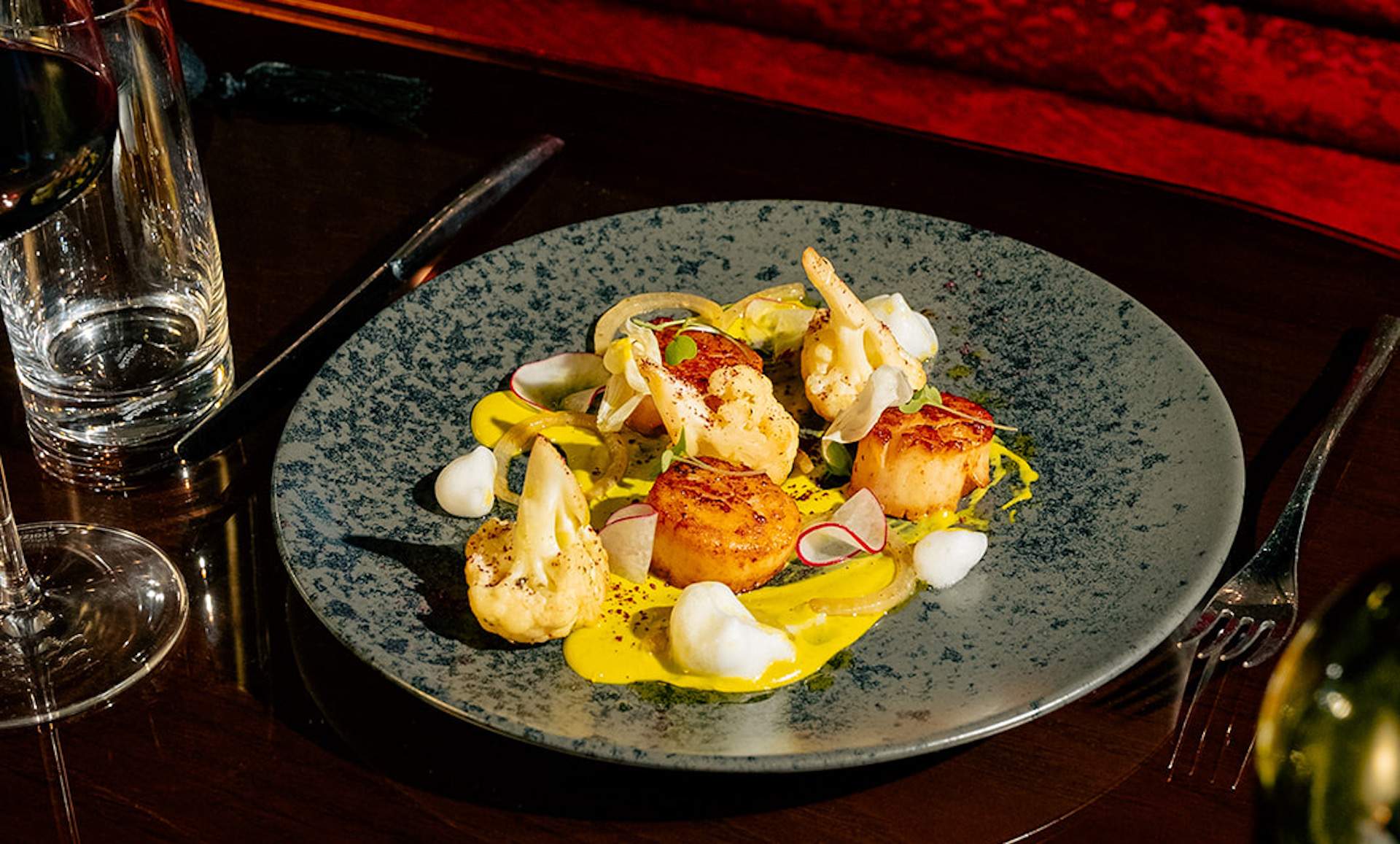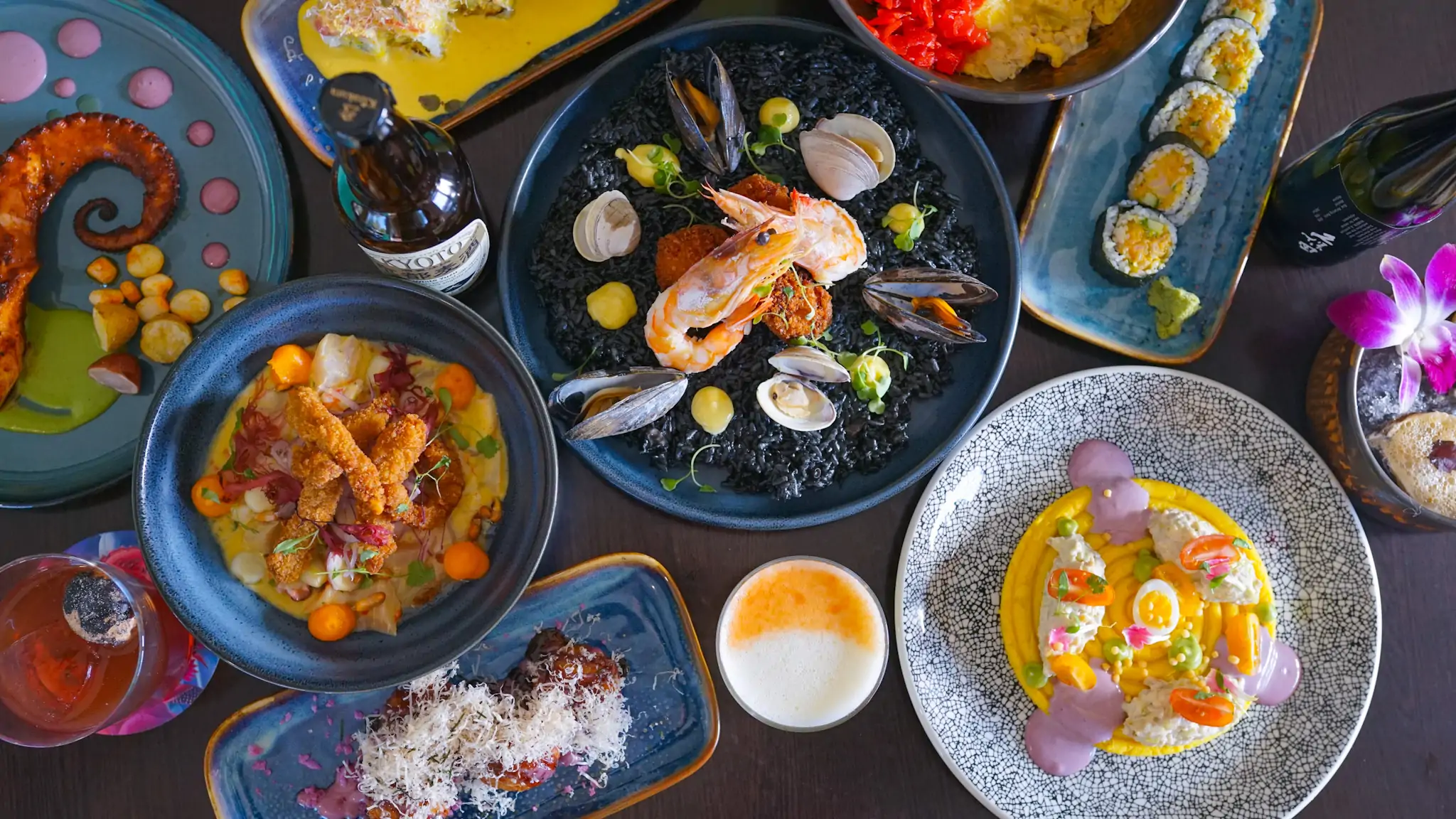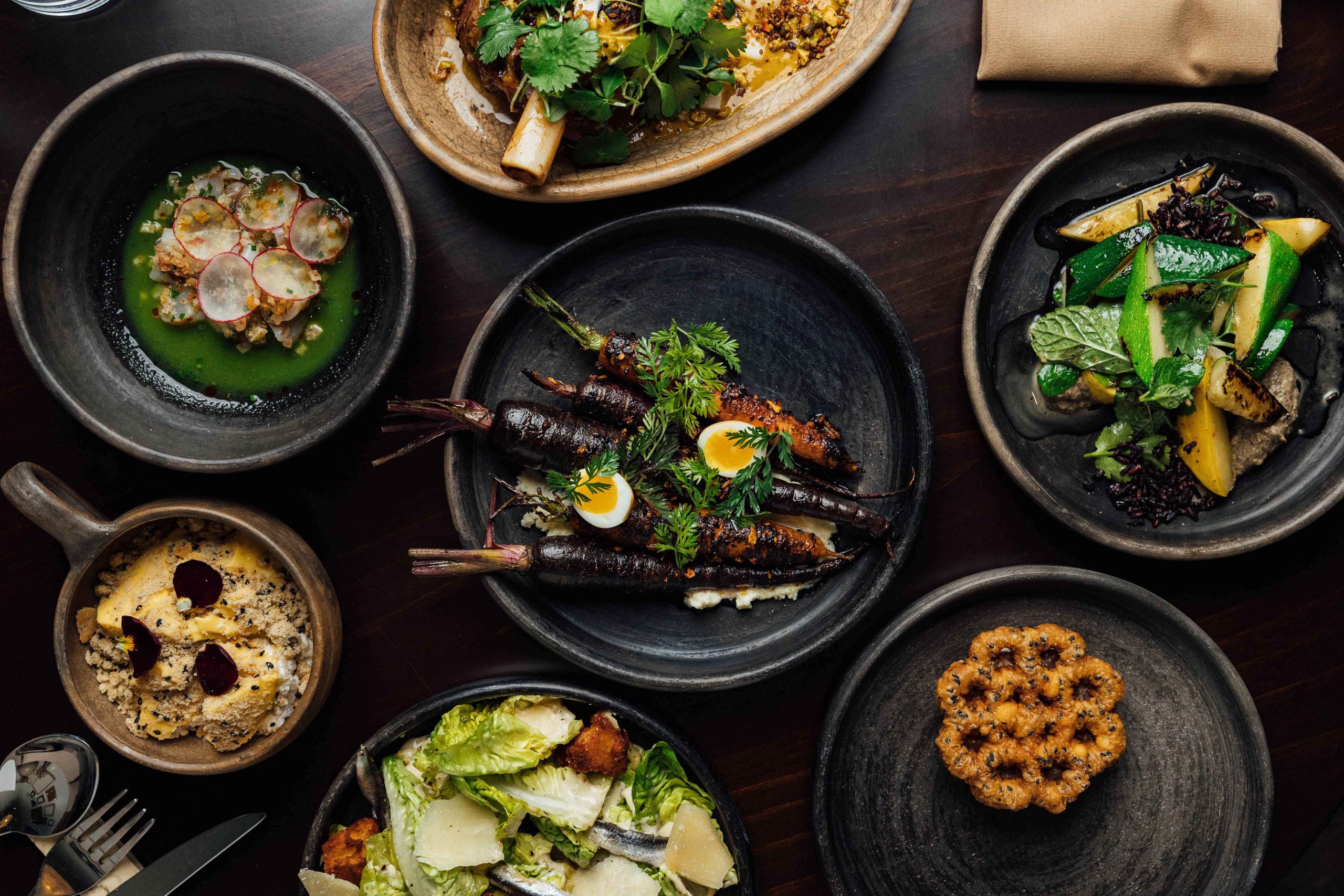For nearly a year, two acclaimed Houston chefs have been dazzling locals with what’s one of the most original restaurants to open in the country recently.
At Th_Prsrv in Kemah, just outside of Houston, the all-star team of James Beard Award winner Benchawan Jabthong Painter and acclaimed chef David Skinner have come together to put their Thai and Choctaw heritages, respectively, front and center.
You’ll see that throughout their creative prix-fixe menu that’s full of hard-to-find dishes like a fish curry based on a 13th century Thai recipe and pickled vegetables based on more than 4,000-year-old Native American traditions.
Yes, the food’s a massive draw, but Th_Prsrv (pronounced “The Preserve”) is also equal parts education on thousands of years of Native American and Thai food history—Skinner and Jabthong Painter’s husband Graham Painter will be your shepherds in the dining room, and you can keep referencing the menu to find dates for when all of the dishes are from.
With this Choctaw-Thai restaurant (it’s located inside Skinner’s lauded fine-dining spot Eculent) turning one in May, there couldn’t be a more exciting time to visit (or head back). “There’s lots of restaurants you can go to to have an experience, but not many where you walk away with a bit of education,” Skinner says. “That’s what makes us truly unique.”
Read on for everything you need to know about this one-of-a-kind restaurant near Houston.
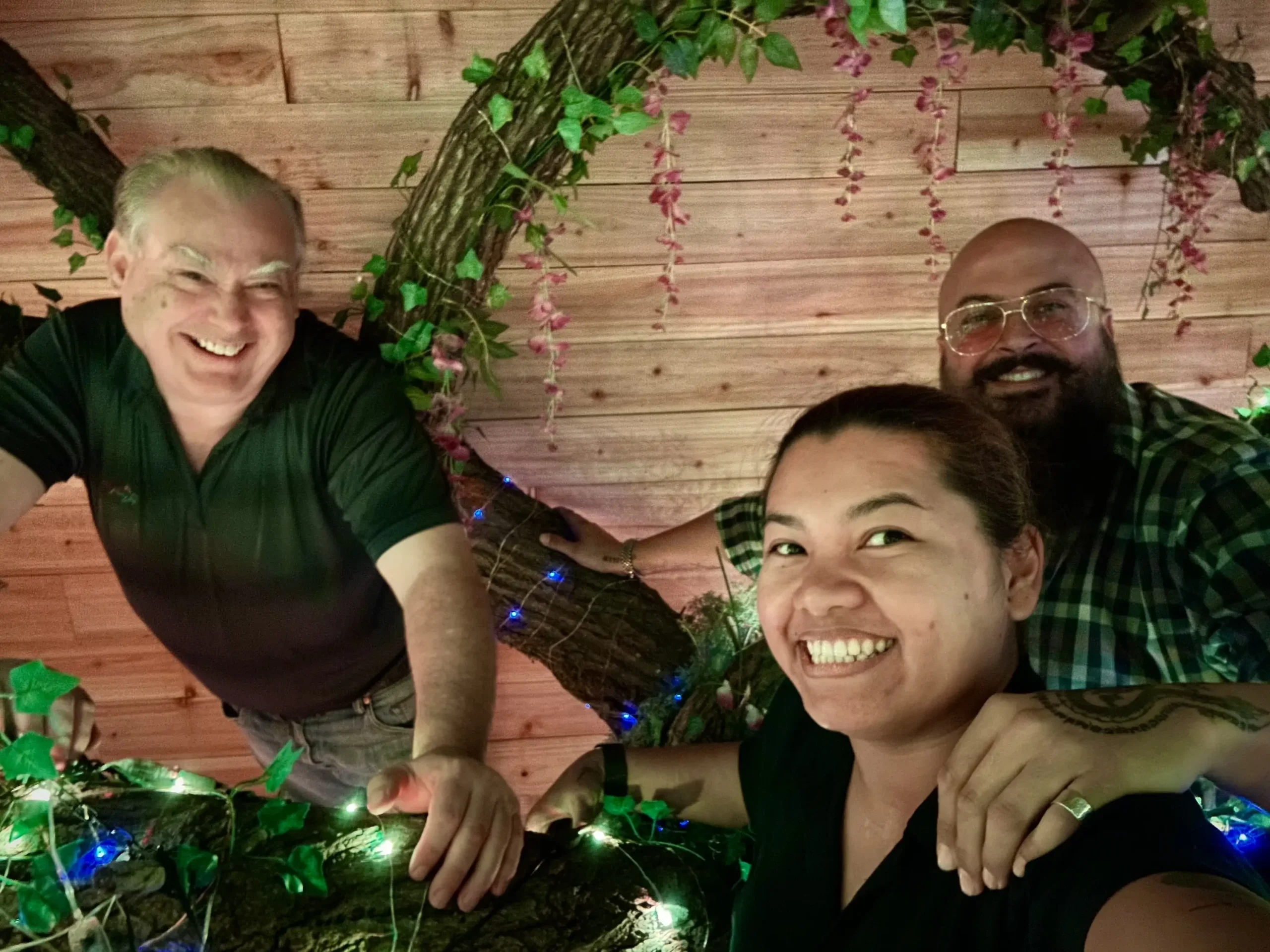
1. Indigenous food that’s deeply personal
The Th_Prsrv team wants one thing to be clear: This is not a fusion restaurant. “We wanted to honor both chefs’ heritage in a very authentic way,” Graham Painter says. The Painters and Skinner decided to team up in 2020, soon after they became regulars at each others’ restaurant.
They spent the next several months researching food people ate in their ancestral lands and how their cuisines had evolved over thousands of years. But into all that learning, they also poured in plenty of personal touches.
As you get comfortable at one of the wooden tables at Th_Prsrv under a canopy of lights, your meal will kick off with a plate of pickled vegetables. “My grandmother would have pickles every summer, picking things from the garden and canning or pickling them [and] setting them out for guests that came by,” Skinner says.
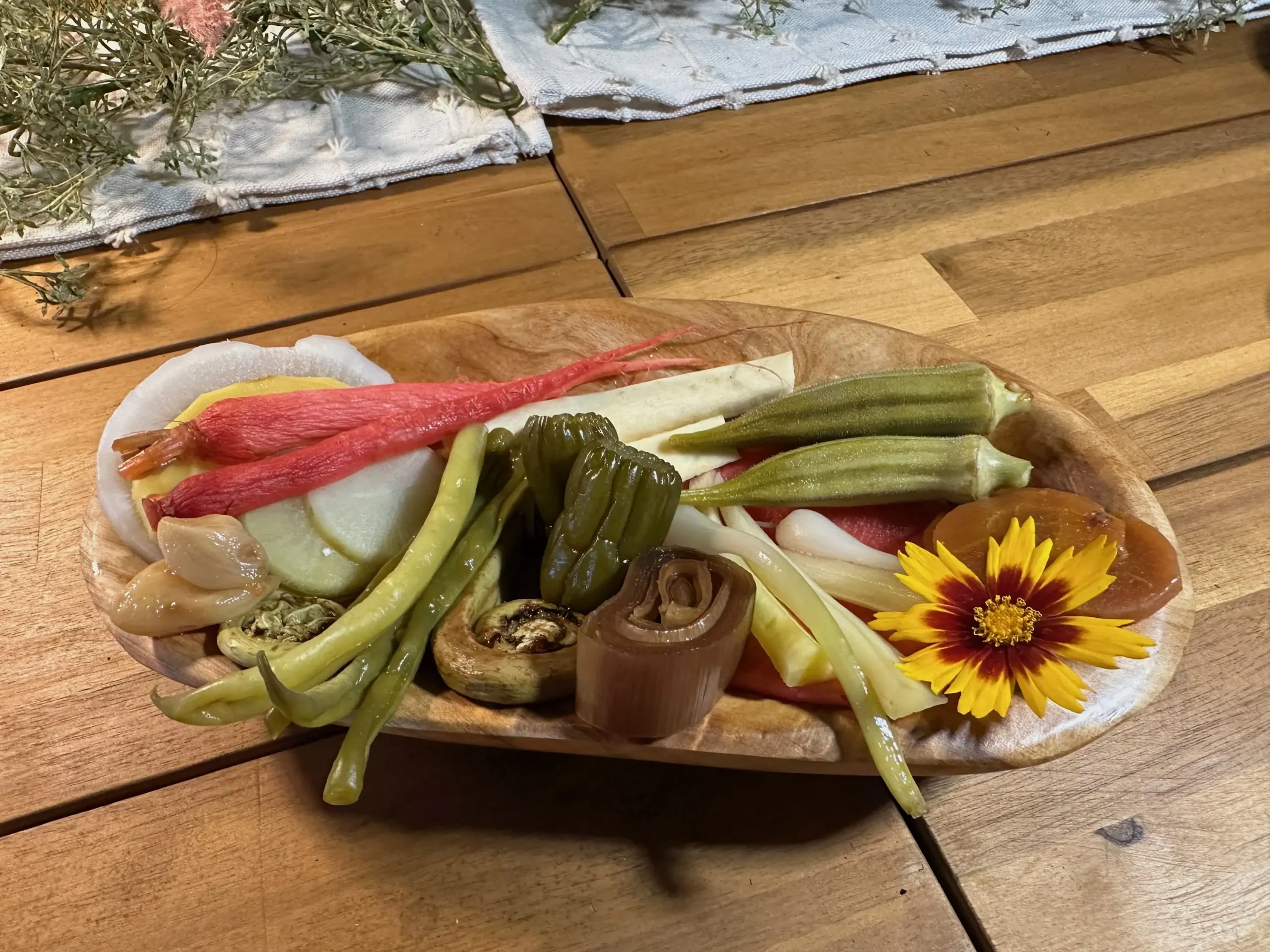
Soon after, you’ll get to learn a little about Jabthong Painter’s grandmother and the food she enjoyed making. The tamarind and palm sugar-seasoned fish gaeng is inspired by her cooking, but it’s also a recipe that originated in Thailand’s Sukhothai kingdom in the 1200s. “That means grandmother to granddaughter, we’ve been passing this in our family at least as far back as the 1200s,” Jabthong Painter says.
2. Indigenous producers also get plenty of nods at the restaurant
Pay close attention to all of the ingredients as you progress through each course—the team has put just as much thought into the menu as the ingredient sourcing. Wild manoomin rice that’s part of the Flock Together course with duck breast is harvested by members of the Ojibwe tribe in Minnesota, beans come from a Pima grower in Arizona, and blue corn is from the Navajo Nation.
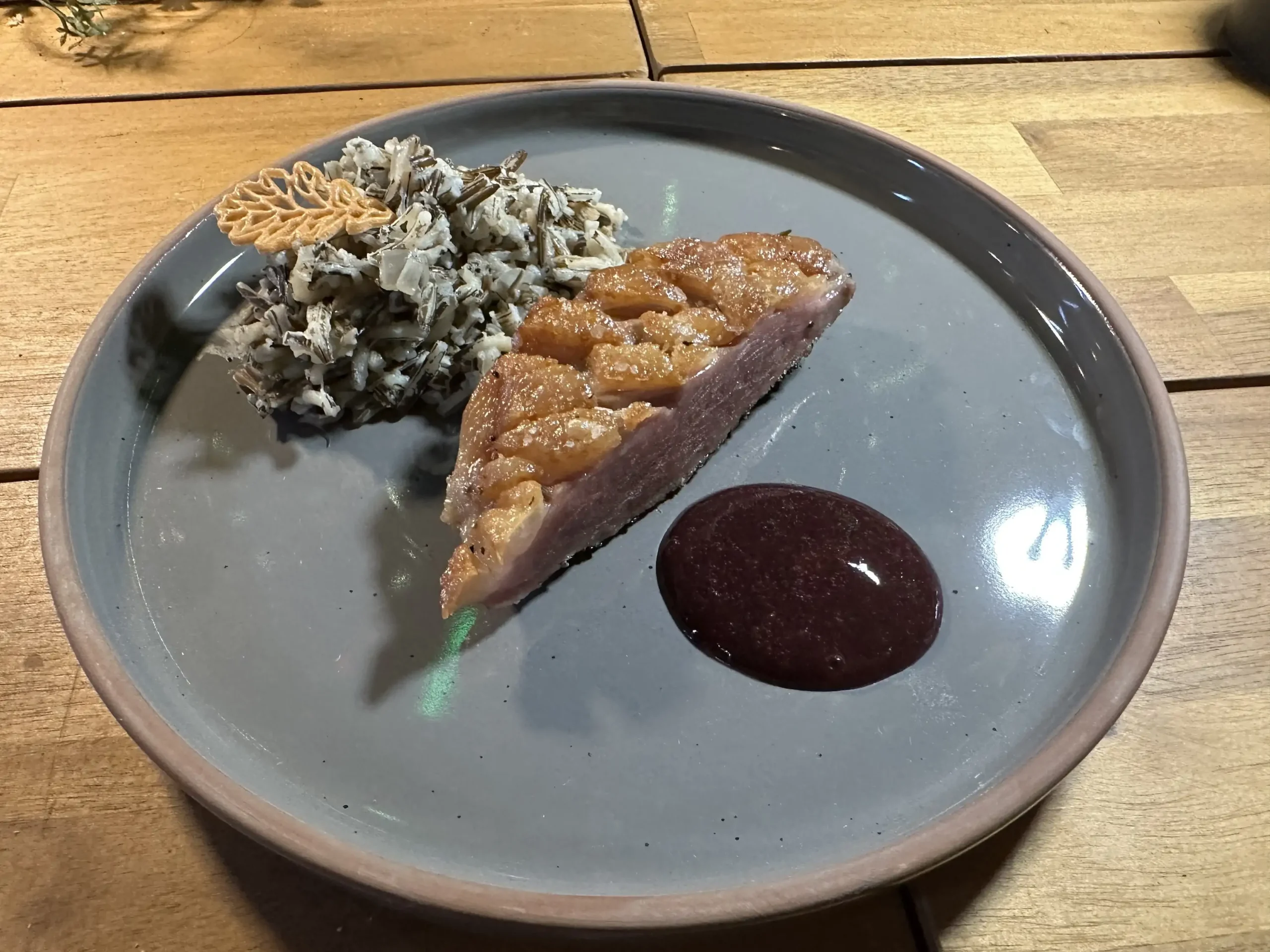
You’ll find this same careful consideration with the drinks, too. “I only choose wines made by Indigenous people,” Graham Painter, who is also the restaurant’s beverage director, says.
The Kumusha sauvignon blanc made by Tinashe Nyamudoka, a native Bantu winemaker in South Africa, is among the highlights, as is a cider made entirely from apples grown in the Urola Valley. “[It’s] a very funky little Basque cider,” Graham Painter says. “On its own, it will make your lips curl, but with our two desserts—one Thai, one Choctaw—it really ties everything together.”
3. Dinner that’s one of the most fun history lessons imaginable
Few restaurants around the country will give you the kind of epic meal and fun history lesson packed into one the way Th_Prsrv does.
Each dish represents a moment in time as the tasting menu progresses from ancient to pre-colonial to contemporary times, and Skinner and Graham Painter will be your guides telling you about the meaning behind each dish and its ingredients with every course.
Plus, each course feels extra special knowing that the chefs challenged themselves to make dishes only using ingredients found during a particular time period. “We don’t use colonial ingredients [in pre-colonial dishes] like processed sugar or dairy,” Skinner says. “It’s all as it would have been a couple thousand years ago.”
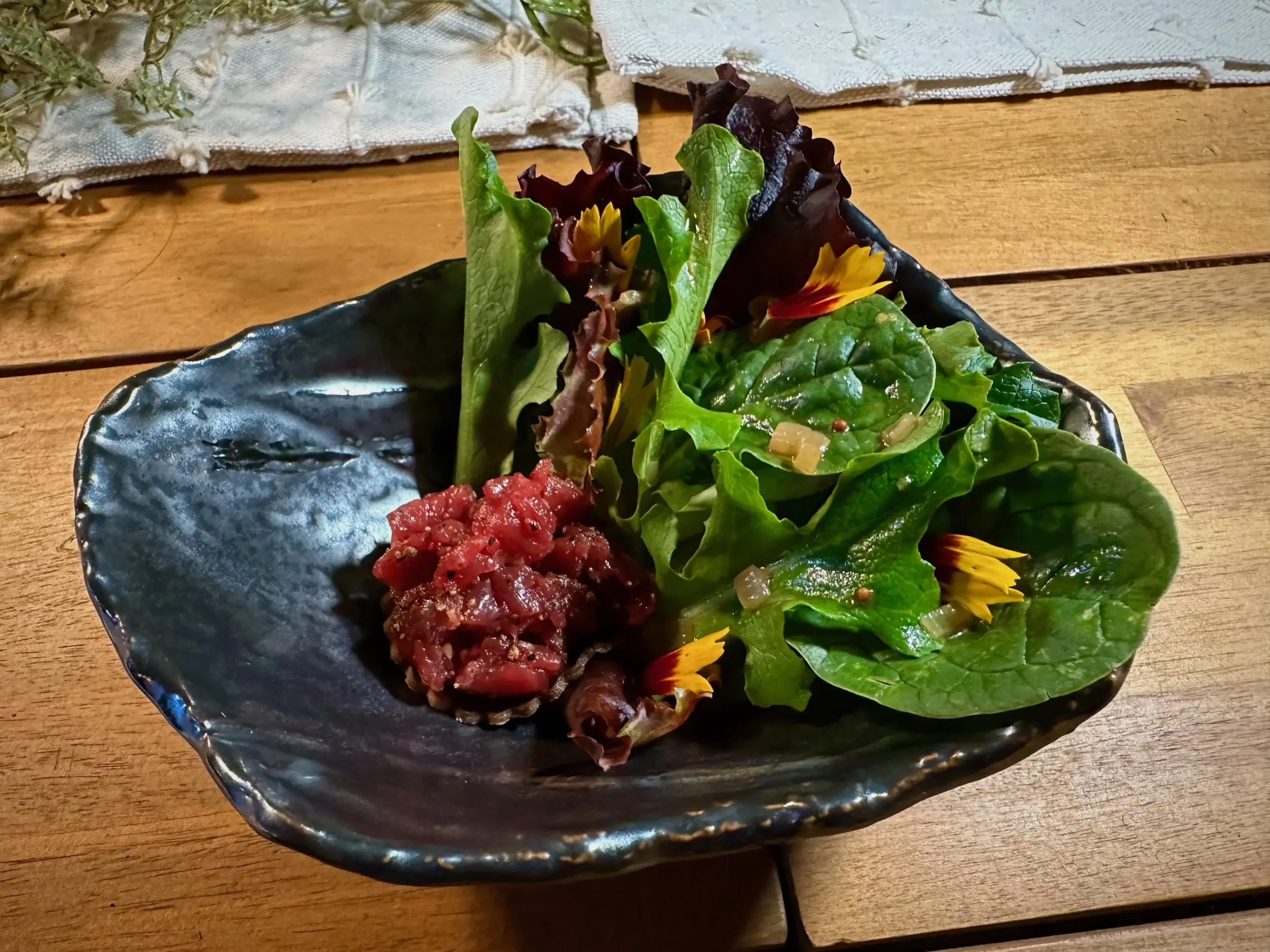
That means you’ll taste ingredients like juniper berries and sumac (instead of black pepper, which was introduced to the Americas 500 years ago) in the bison tartare and black ants dish called Mother Earth. Conversely, you’ll get to try Thai dishes without the chiles (they were only introduced to Thailand in the 1600s) they’re so synonymous with today, like ron pu with crabmeat, coconut sauce, and crispy rice.
“You walk away with a new appreciation for ingredients, where they came from, techniques, and histories of cultures you didn’t know,” Skinner says.
Lauren McDowell is a Houston-area native and freelance food and lifestyle writer with an M.A. in Food Studies from New York University.
